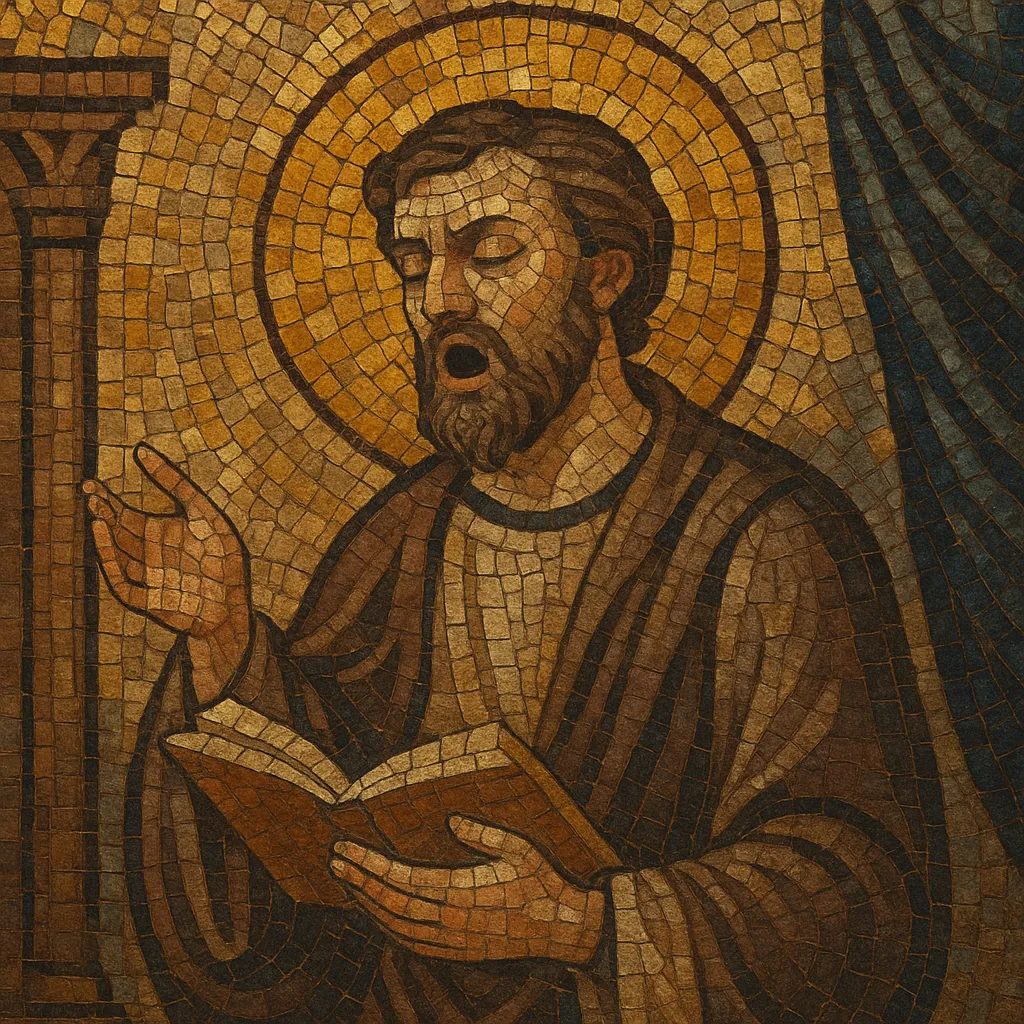Your digging level
Description
Troparion is a short Byzantine hymn stanza used throughout the Eastern Orthodox and Byzantine Rite liturgies. Typically syllabic and concise, it encapsulates the theological theme of a feast, saint, or liturgical moment in one or a few compact stanzas.
Musically, troparia are composed and sung within the Octoechos (eight-mode) system, using established melodic formulas and cadences characteristic of each echos (mode). Performance is predominantly monophonic chant, often supported by an ison (a sustained drone) in post-Byzantine practice. Texts are accentual and rhetorical rather than strictly quantitative, designed for intelligibility and congregational or choral participation.
Liturgically, the troparion appears in multiple roles: as the apolytikion (dismissal hymn) of a feast or saint, as the day’s troparion at Vespers and Matins, or as a theotokion (addressed to the Theotokos). The form’s brevity, memorability, and modal clarity helped it become the backbone of Byzantine hymnography.
History
The troparion emerged in the Christian communities of the Eastern Roman (Byzantine) world by the 3rd–4th centuries, drawing on late antique Greek musical rhetoric and the evolving needs of Christian worship. Early examples, like “Phos Hilaron” (O Gladsome Light), show how brief strophic hymns served to mark daily liturgical hours with compact, memorable theology.
With the consolidation of the Octoechos (eight-mode system) and the flowering of Greek hymnography (notably in monastic centers such as Mar Saba), troparion practice stabilized. Hymnographers including St. John of Damascus, St. Cosmas of Maiuma, and St. Andrew of Crete contributed texts whose melodies followed recognizable modal formulae. The troparion became the apolytikion of feasts and saints, and its placement and function within Vespers and Matins were standardized.
As Byzantine chant pedagogy matured, composers and chanters (e.g., John Koukouzelis and Manuel Chrysaphes) refined melodic families within each echos. The troparion’s model-based composition and clear cadential grammar allowed transmission across the Greek-speaking world and into Slavic lands, influencing local chant dialects and notational practices.
After 1453, the tradition persisted and diversified. The ison became a characteristic underpinning in many Greek and Balkan practices. Troparia were translated into Church Slavonic and embedded into Znamenny and Kyivan chant lineages. Composers such as Petros Peloponnesios codified formulae, ensuring continuity despite regional stylistic nuances.
Today, troparia remain central to Orthodox liturgy in Greek, Slavonic, Arabic, Romanian, and other languages. While primarily monophonic, some traditions adopt restrained polyphonic or harmonized settings; nevertheless, the modal identity, liturgical function, and rhetorical clarity of the troparion remain foundational.




